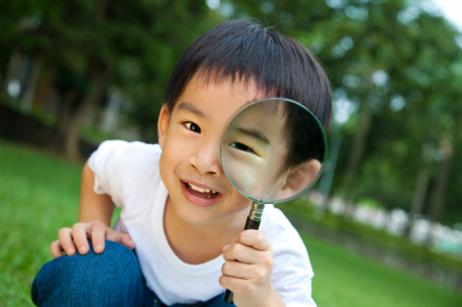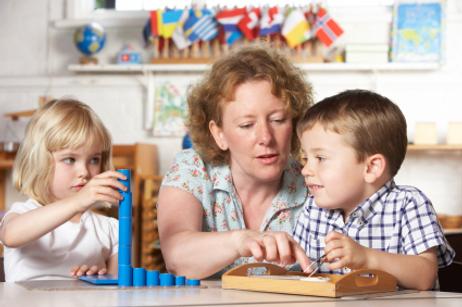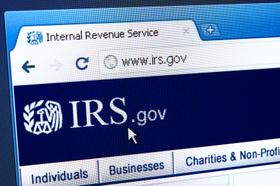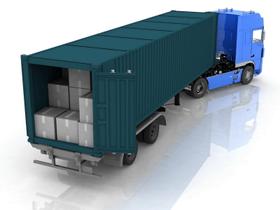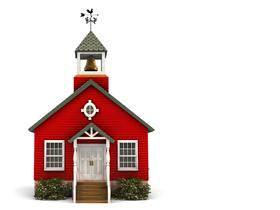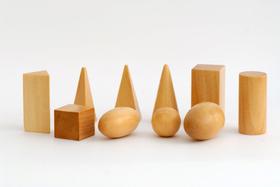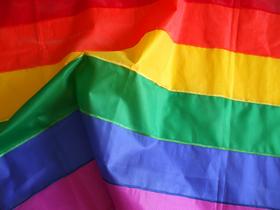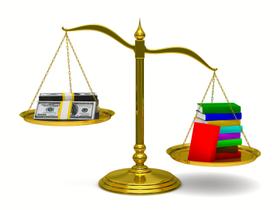Progressive schools are different from so-called traditional schools. I am not being judgmental here. I am simply pointing out some differences between the two kinds of schools so that you can make an informed decision about which private schools to consider for your child.
Until the middle of the 20th-century, many schools simply taught their students facts and figures. You memorized and regurgitated information. Indeed I can remember being taught this way at Rosyln School and Westmount High School back in the '50s and '60s. That's just the way you were taught back then. All of your academic work was focused on what you could expect to be tested on in your final year-end exams. This all led inexorably to a forbidding set of examinations known as the Junior Matriculation. If you did well on that set of examinations administered at the end of Grade 11, you went off to university for more of the same.
Progressive schools by definition are schools that espouse the ideals and ideas of landmark educators and thinkers such as John Dewey and Francis Parker. At the beginning of the 20th-century, they were considered visionary by some, radical by others. The progressive curriculum was more varied and experiential. Students just didn't sit there passively listening to a teacher lecture about the material. They actually were encouraged to learn by discovery through a variety of hands-on activities. Teachers no longer had to get through a plethora of outdated materials simply to be able to say

